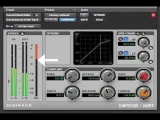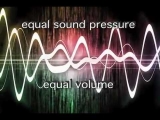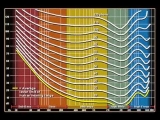ISDN Codecs
ISDN Codecs
ISDN is an acronym for Integrated Systems Digital Network. An ISDN codec is a signal processor that both codes and decodes audio data to transmit and receive hi-rez audio point-to-point in real time. In other words, an actor or announcer standing in a studio or radio station in one city can be connected to a studio or radio station in another city. Everyone can talk to everyone else in real time (with a small amount of latency) at full 20 kHz bandwidth. ISDN uses special high-transfer rate phone lines, capable of transmitting data at 64 kilobits per second. To be able to transmit more data at once, the audio signal is divided (or “multiplexed”) over two or more lines, so that each line carries a portion of the signal. This is the coding stage. Then, when the codec receives the transmitted signal coming over multiple phone lines, it inverse multiplexes and recombines the audio signal. This inverse multiplexing, also called IMUXing, is the decoding be able to communicate, both codecs must be using the identical data compression algorithms. The “Layer 2” or “L2” algorithm is perhaps the most common, where the audio data is typically compressed 10:1 on two ISDN lines. The audio quality is similar to a 128 kilobit per second mp3 file. The audio data may be compressed less, as little as 4:1, for other codec algorithms. Less data compression can improve sound quality, but also requires more ISDN lines.








